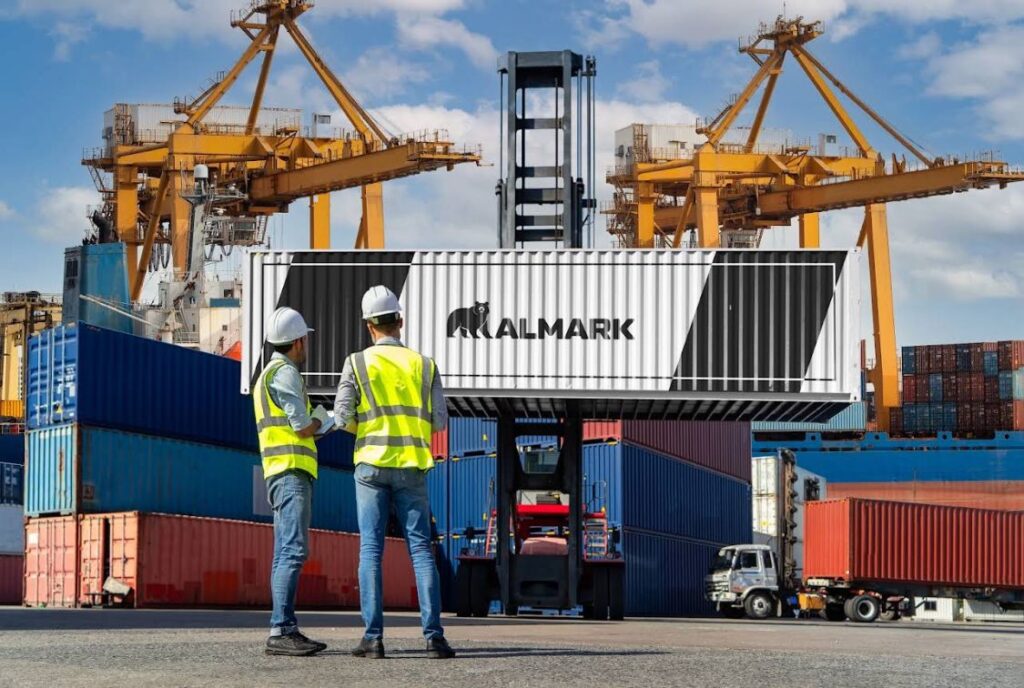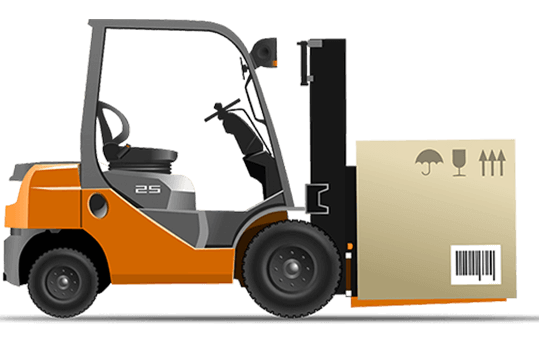International logistics is a complex and crucial component of global trade. It encompasses the planning, implementation, and control of the movement and storage of goods across international borders. Understanding the basics of international logistics is essential for businesses looking to expand their operations globally. This blog post will cover the key components, processes, and challenges involved in international logistics.
What is International Logistics?
International logistics refers to the management of the flow of goods and services from one country to another. It involves various activities, including transportation, warehousing, inventory management, and customs clearance. The primary goal is to ensure that products reach their destination in a timely and cost-effective manner.
Key Components of International Logistics
- Transportation: This is the backbone of international logistics. Businesses must choose the right mode of transport—air, sea, rail, or road—based on factors such as cost, speed, and the nature of the goods being shipped.
- Customs Clearance: Navigating customs regulations is crucial for international shipping. Proper documentation is necessary to avoid delays and additional costs. Companies must understand the customs requirements of both the exporting and importing countries.
- Warehousing: Efficient warehousing solutions are essential for managing inventory on a global scale. Businesses often use third-party logistics providers (3PLs) to handle warehousing and distribution.
- Inventory Management: Keeping track of inventory levels across multiple countries can be challenging. Businesses must implement effective inventory management systems to ensure they have the right amount of stock on hand when needed.
The International Logistics Process
The international logistics process typically involves the following steps:
- Planning: Companies must assess their logistics needs, determine the best shipping routes, and select the appropriate transportation methods.
- Documentation: Accurate documentation is essential for smooth customs clearance. This includes invoices, packing lists, and customs declarations.
- Transportation: Goods are transported from the point of origin to the destination. This may involve multiple modes of transport and several stops along the way.
- Customs Clearance: Goods must clear customs in the importing country. This process can vary significantly depending on the country and the nature of the goods.
- Delivery: Once cleared, goods are delivered to their final destination, which may include warehouses, distribution centers, or directly to customers.
Challenges in International Logistics
International logistics comes with its own set of challenges, including:
- Regulatory Compliance: Different countries have varying regulations regarding imports and exports. Staying compliant can be time-consuming and requires constant monitoring.
- Cultural Differences: Understanding cultural differences can impact communication and negotiation in international logistics. It’s essential to be aware of different business practices and customs.
- Cost Management: Balancing cost and efficiency is a constant challenge. Businesses must find ways to minimize shipping costs while ensuring timely delivery.
- Supply Chain Disruptions: Natural disasters, political unrest, and other unforeseen events can disrupt supply chains. Companies must have contingency plans in place to address these disruptions.
Understanding the basics of international logistics is vital for businesses looking to expand their reach globally. By grasping the key components, processes, and challenges involved, companies can better navigate the complexities of international trade and ensure their products reach customers efficiently and effectively.


